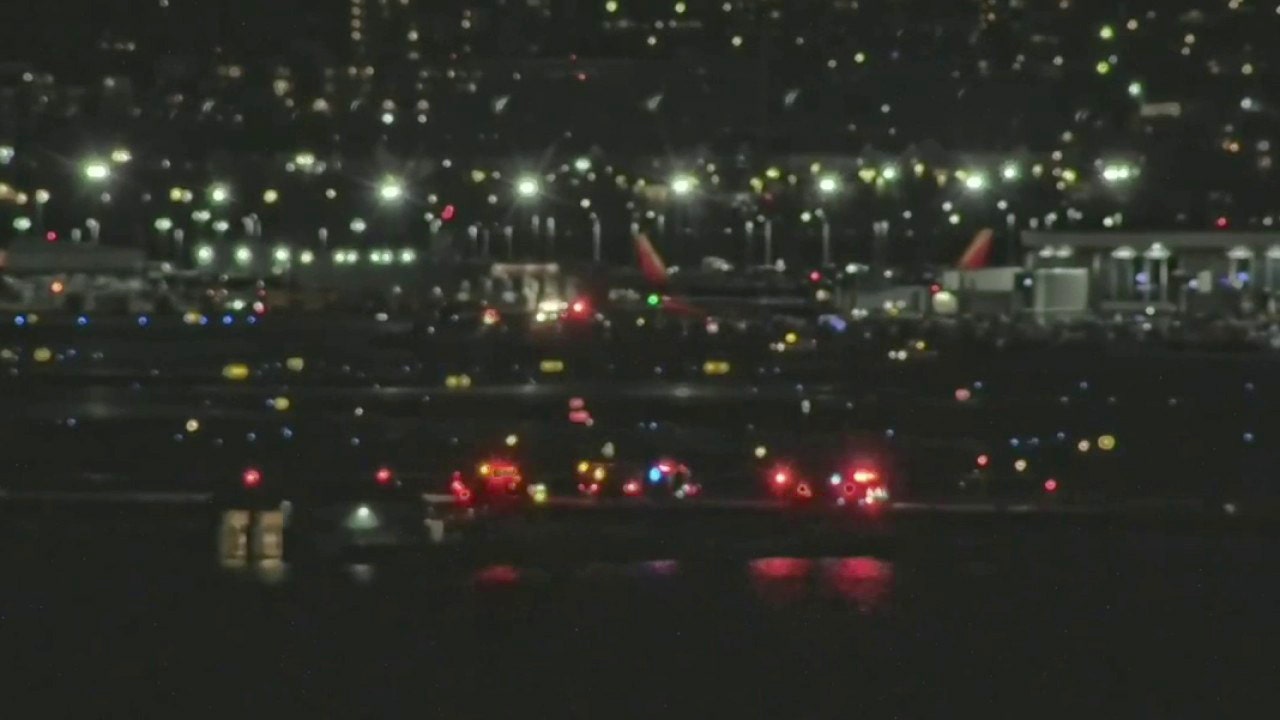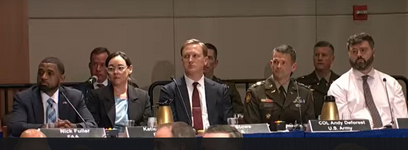
Reagan National Airport crash: Military Black Hawk helicopter collides midair with American Airlines jet
An Army Black Hawk helicopter collided midair with an American Airlines flight from Wichita, Kansas, at Reagan National Airport on Wednesday.
Follow along with the video below to see how to install our site as a web app on your home screen.
Note: This feature may not be available in some browsers.

Agree, but the problem is Congress has pushed for more and more routes to and from DCA, for their benefit, and created the problem. FAA's management solution was to create routes that were unsafe, then grant visual approval to helicopters immediately to shift their responsibility to the helicopters. Then the Army does the Stupid thing of running difficult training missions on newbies where you have to thread a needle with night vision goggles in the presence of a long compressed line of planes are landing and taking off. And Army furnishes the pilot a barometric altimeter that is plus or minus 100', with no ADS-B out for BS called mission reasons....ATC might have responsibility to direct traffic, but can't do too much to prevent someone from running a red light.
No one ran a "red light".ATC might have responsibility to direct traffic, but can't do too much to prevent someone from running a red light.
I'm only pointing out my observation that the helicopter was not where it was supposed to be and did not follow the instructions from ATC. I think both were incidental and not because of negligence, incompetence, or on purpose. It's just what happened. Communication from the helicopter seemed to indicate that they had the jet in sight but obviously were either looking at something else or didn't have an accurate perspective. I don't know the inner workings of ATC, but from reviewing the sequence of events it seems clear to me that as the helicopter and the airplane closed on the same spot very quickly, the controller noticed what was happening and did the best they could to avert it in the short time available. One might make a knee-jerk reaction and tell the airplane to abort the landing. This could lead to preventing an accident (impossible to prove) or just being reprimanded for doing it 2 or 3 times in a day for doing the right thing.No one ran a "red light".

or hubris, more likelyArrogance is one of the many ways to cause death.
spsalso
Agree, and the FAA put the ATC controller in a situation beyond their capabilities, and the Army put the Pilot in a training situation beyond their capabilities. Army calling it a check ride is just spinning the facts. 'Check Ride' is just the final phase of training a pilot in that situation. Until you pass the 'check ride' you are still a trainee for that skill.That's pretty horrendous for all involved.
